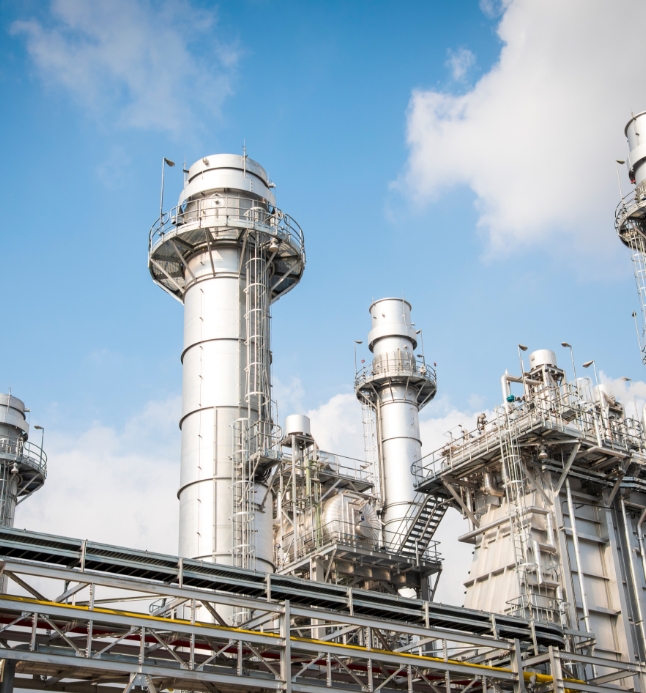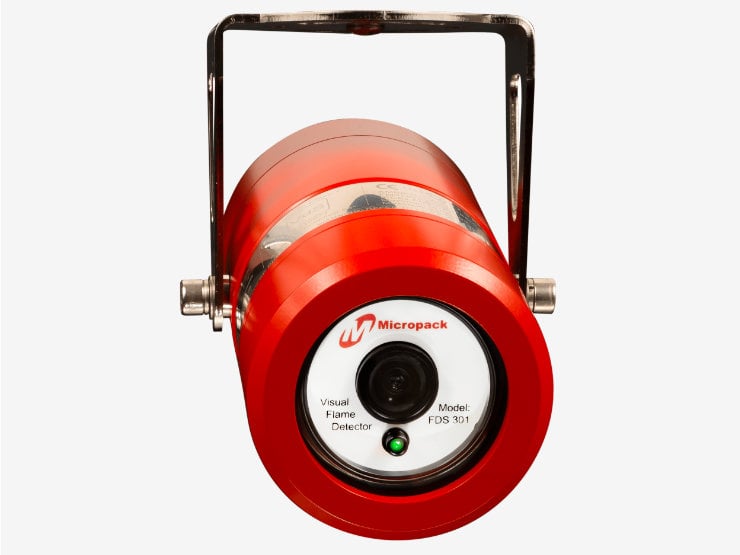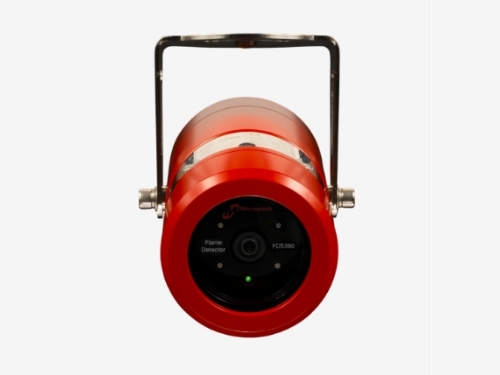
Which flame detection technology should I use in a gas turbine enclosure?
This is a common question when a fire protection engineer is looking to protect a high value asset or where fast detection is needed due to the escalation potential of a fire.
The importance of fire safety in the Power Generation industry
In a typical turbine application, there are three fundamental functions that the fire and gas detection system should perform.
- Detection of fire inside the turbine enclosure.
- Detection of external gas being ingested via the turbine ventilation system.
- Detection of fuel gas released within the turbine enclosure.
Optical Flame Detection
A typical gas turbine fire results from a fuel gas release and ignition within the enclosure. The high pressure of the fuel gas means it is nearly impossible to have small fires. Rate compensated heat detection provides a cheap and reliable way of detecting such events. It is widely recommended that heat detectors are installed within the turbine enclosure and in the enclosure ventilation exhaust ductwork where the hot gases from the fire will be transported to. Optical Flame Detectors are often installed because they are most sensitive to flaming fires and provide greater area coverage.
Intelligent Visual Flame Detection
Intelligent Visual Flame Detectors (iVFD) have been used since the late 1990’s and were developed to combat false alarms due to reflected flare radiation.
iVFD detectors employ a video imaging-based technique utilising a CCD array and advanced algorithms that process live video images for flame like characteristics.
More recent developments use dual CCD arrays with one array being exclusively used for flame detection whilst the other offers a live video feed. Having stated this, it is popular misconception that iVFD’s are only used when a client wants to see a live video feed, in fact some iVFD’s have no video output at all.
iVFD’s monitor for bright burning fires, the limitation with the technology is that it cannot detect invisible or virtually invisible fires such as pure methanol, hydrogen, and sulphur.
A major advantage of iVFD detectors is they cannot see hot CO2 emissions or the heat emanating from hot processes; the technology therefore does not become desensitised and it does not cause a false alarm due to the exhaust gases from gas turbines / diesel generators and black body radiation. It is for this reason that iVFD is the recommended flame detection technology for use in turbine enclosures.

Related Products
-

Designed for hazardous industries where fast optical flame detection is critical and nuisance alarms are not an option! The Micropack FDS301 is an explosion-proof visual flame detector...
FDS301 Intelligent Visual Flame Detector -

Designed for hazardous industries where fast optical flame detection is critical and nuisance alarms are not an option! The MICROPACK FDS300 is an explosion-proof visual flame detector...
FDS300 Intelligent Flame Detector
